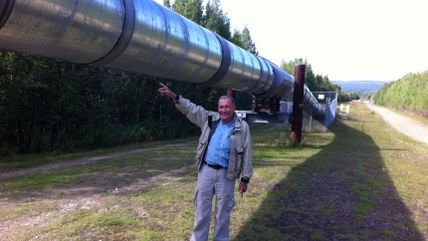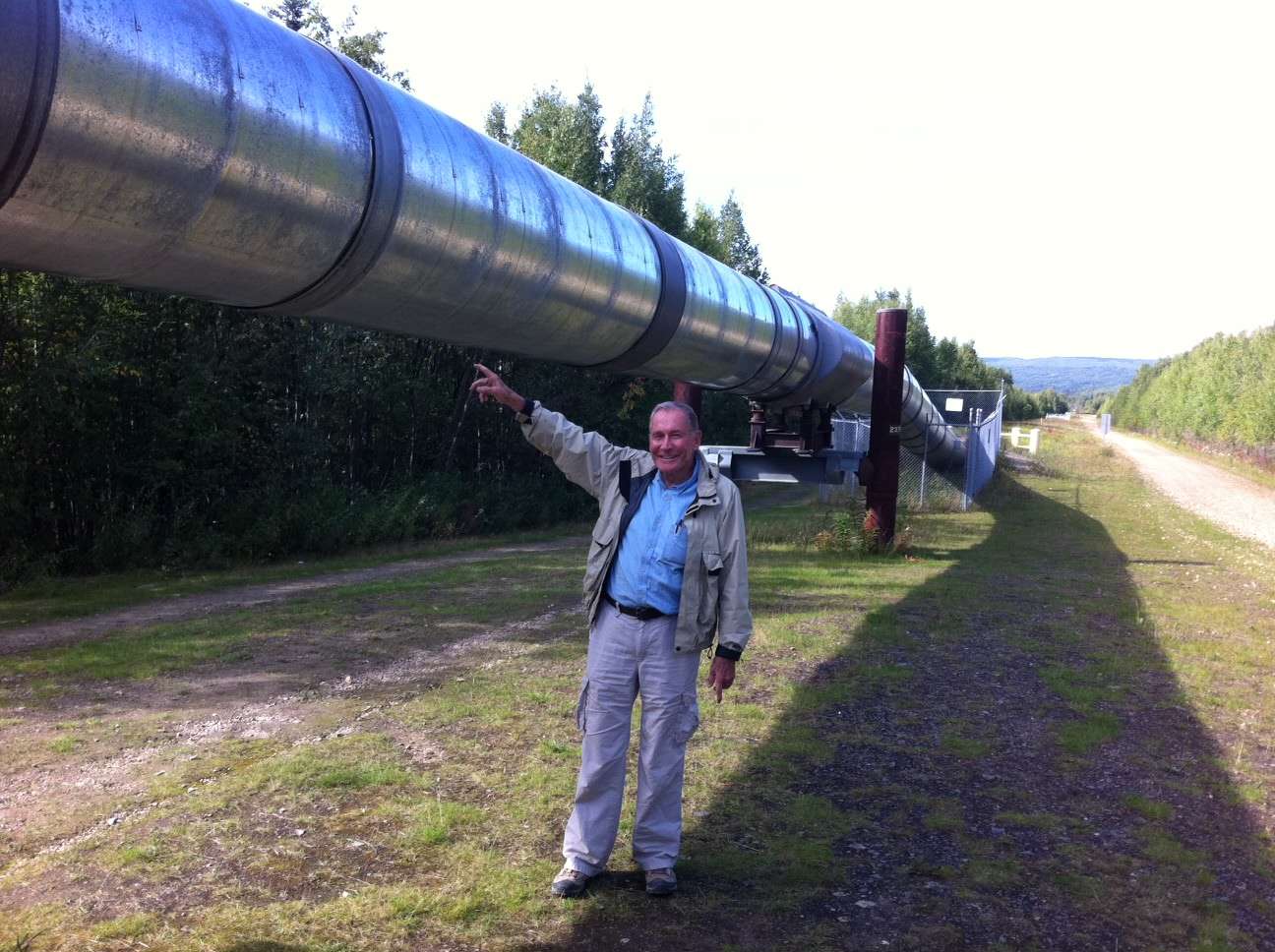Shutting Down Alaska
President Obama's campaign against oil drilling in Alaska has devastating effects for the state.


President Barack Obama's new declaration to forbid oil drilling on more millions of acres of Alaska just continues his pattern of attack on oil drilling.
Obama's and the Environmental Protection Agency's (EPA) new attack on Alaska oil production can have a consequence that extreme environmentalists have dreamed about all along—shutting down all remaining production bringing oil from the Arctic coast.
This would happen because the giant Alaskan pipeline must have minimal flow to function. Otherwise it must be totally dismantled in accord with the law allowing for its original construction. After years of delaying new production and causing billions of dollars of losses for the companies involved, Obama's new attack may be the final blow. Already the pipeline is carrying only some 25 percent of its capacity of two million barrels a day. Less input will allow corrosion and other damages, making it impossible to operate.
Here is how the Obama administration has hampered oil drilling in Alaska:
- The government has virtually prohibited horizontal fracking for new oil drilling on any federal lands and a large part of Alaska, some half of all land west of the Mississippi. America's vast increase in oil production is because of the new procedure on private lands.
- They have forbid any drilling just to the east of the pipeline on the vast and desolate ANWR nature reserve. Although the reserve is the size of South Carolina, a drilling and production "pad" to produce oil would be the equivalent size to that of a major airport. The preserve is estimated to hold 10 billion barrels of recoverable oil.
- For years the EPA prevented the transport and drilling on the National (formerly Naval) Petroleum Reserve to the West side of the pipeline (see below). Also in 2010 the Obama Administration closed down half of its 23 million acres to any drilling.
- The government delayed for years allowing offshore drilling platforms (the water is only 100 feet deep) in the Arctic Ocean to the North of the pipeline. The outer continental shelf stretches over a hundred miles of very shallow ocean water and is thought to contain some 27 billion barrels.
- Obama's new order is to forbid any offshore drilling in the Chukchi Sea after Shell Oil Company has spent literally billions of dollars buying the leases and preparing to start drilling. When it finally was ready to drill two years ago, the EPA denied it an air quality permit (over the Arctic Ocean!) and thus cost it another lost year and millions more in losses.
- Obama's tradeoff for shutting down drilling in Alaska is a farce. He will "allow" drilling 50 miles offshore from the mid-Atlantic coast. First, this is immensely deep water also subject to hurricanes, compared to the shallow and calm hundred-foot-deep water that stretches for miles off North Alaska, is near a pipeline, and is already proven to have billions of barrels of oil. There is no pipeline infrastructure in the deep Atlantic, and his "green" buddies would tie up any proposed project for years in the courts.
A seemingly unrelated incident in West Virginia offers another EPA "lesson" for investors. After permitting a form of coal mining called hill top removal, it suddenly reversed itself after the company involved had already spent millions of dollars preparing the site.
There is a consistent pattern in all this—a warning to investors that the government can at any time, after millions or billions are invested, jerk the permits. The purpose can only be to intimidate future investors from future mining prospects, which they have already pretty well succeeded in doing. There is almost no new mining on any government lands (half of all the land west of the Mississippi). In Alaska the only new large copper mine started in years is on Eskimo land, the Red Dog mine. Only they were able to obtain permitting. Meanwhile the giant Pebble Mine project, potentially one of the largest copper and gold mines in the world, languishes, although it is 150 miles from the ocean. The EPA made a new interpretation of its rules to prevent even allowing hearings for the mine owners to explain the technology and defend their project.
The efforts to prevent production from the old Naval Petroleum Reserve offer a microcosm of typical EPA obstructionism, foot-dragging each year often just long enough to prevent drilling during the three months' window when the ground is frozen and heavy equipment can be moved into place. In 2001 Conoco Phillips Oil drilled a test well in the 23 million acre National Petroleum Reserve after hauling its heavy machinery over frozen ground during winter. The project, CD-5, and a bridge to gain year-around access to the site was first approved in 2004. Meanwhile it drilled two more nearby discoveries for which the bridge would allow access. The concrete bridge with an attached pipeline would be over the wide, very shallow glacial runoff Colville River Delta. The EPA and Army Corps of Engineers originally permitted it. Then the Department of Interior's Fish and Wildlife Agency persuaded the EPA to reverse its decision lest it disturb some fish and birds. Specifically it demanded that the company instead build an under-river pipeline and no bridge (see picture of river delta in the link above). After another five years, the EPA finally relented to allow the bridge with an attached pipeline. Obviously this significantly delayed new drilling and production while the Alaska pipeline kept flowing with less and less oil. Fox News did a short report on the project.
Lastly, one should know that Alaska's blue-collar oil and mining jobs are very well paid. Unions are strong, and annual earnings of $70,000 to $80,000 are common. The workers' incomes are spent all over the state. Stopping new drilling, much less closing much of it down, would be an economic disaster for the whole state. Yet it is the ultimate fantasy of many greens, shutting down and tearing out the Alaska pipeline.
I have now been visiting Alaska every summer for the past 10 years to go hiking and mountain climbing. The most striking feature of all Alaska is the incredible abundance and giant size of life—animals, fish, birds and vegetation. The constant panic about caribou, birds or polar bears needing to move a bit so that human beings can prosper in the state is totally ridiculous. It is the result of a well-financed campaign with a different agenda: to shut down development and revert the state to its original wildness.


Show Comments (99)